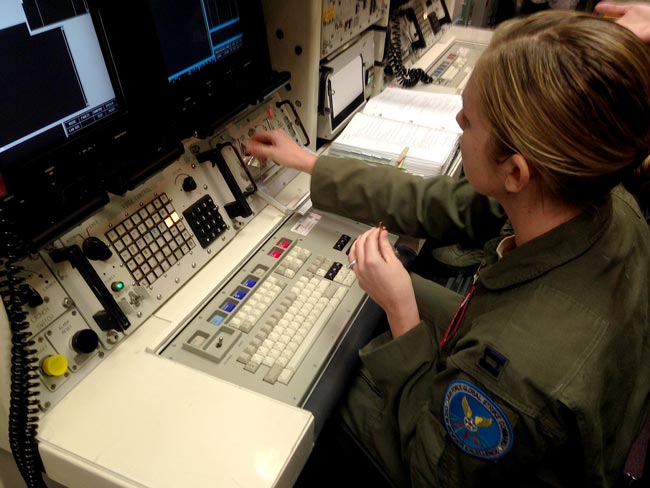New report from the Tow Center and Knight Foundation: An ~80-page guide to digital security or journalists.
HTML version | PDF | Other electronic versions
New report from the Tow Center and Knight Foundation: An ~80-page guide to digital security or journalists.
HTML version | PDF | Other electronic versions
Our latest how-to guide over at National Security Zone: Veteran Chicago Tribune jouralist Kerry Luft on why you need a fixer and how to find one. Right here.
 For decades, authorities have relied on various state and federal laws to investigate reporters and their sources, to issue them subpoenas and to use the threat of prosecution and incarceration to get them to cooperate.
For decades, authorities have relied on various state and federal laws to investigate reporters and their sources, to issue them subpoenas and to use the threat of prosecution and incarceration to get them to cooperate.
In response, journalists and their lawyers have fought back by claiming “reporter’s privilege,” with varying degrees of success.
These issues have come to a head over the past decade as the Bush and Obama administrations have used unprecedented aggressiveness in going after reporters and their sources.
The newest How-To briefing from the Medill National Security Initiative’s Josh Meyer also provides journalists with information about what to steps to take to protect themselves from being subpoenaed, and what to do if they are subpoenaed, or come under investigation and possible prosecution.
 Penetrating the world of nuclear weapons is not as hard for a determined journalist as you might think – or as the government might like you to think. It is secretive but not inscrutable.
Penetrating the world of nuclear weapons is not as hard for a determined journalist as you might think – or as the government might like you to think. It is secretive but not inscrutable.
If you are committed and well-prepared, you can find news in this field and illuminate an aspect of U.S. national security that can seem like an abstraction, even an anachronism, but is still relevant to the lives of all Americans.
The key is knowing where to look, how to decipher the military lingo and why it matters what is taking place within the insular world of nuclear forces. You don’t need to be a military expert or a rocket scientist.
→ Continue reading our new National Security zone how-to guide on covering nuclear weapons. It was written by Bob Burns of the Associated Press, who has been doggedly breaking stories — and sparking investigations and reforms — about problems within Air Force-run operations that oversee our land-based nuclear arsenal.
Read how AP’s national security writer discovered problems in the nation’s nuclear defense system and wound up with a ‘months-long cascade of revelations’ that renewed public and legislative interest — and action.

An ICBM launch crew member at a launch control simulator used for training at F.E. Warren AFB. (PHOTO: Robert Burns)
Generally, reporting on firearms is pretty poor – not because of hidden agendas, but because most journalists are not familiar with firearms. That lack of knowledge can lead to reporting errors that are not caught by equally unknowing editors.
 In our latest NSZ 101 how-to guide, gun hobbyist and journalist Kerry Luft delivers a basic primer on firearms, with some caveats about usage and warnings about some common mistakes.
In our latest NSZ 101 how-to guide, gun hobbyist and journalist Kerry Luft delivers a basic primer on firearms, with some caveats about usage and warnings about some common mistakes.
The guide explains the difference between shotguns, rifles, revolvers and pistols as well as the myriad types of ammunition. It also includes as examples of stories in which journalists’ knowledge of firearms made for insightful, compelling reading.
We just added to our DocumentCloud archive a document of interest to local reporters on preparing for a mass casualty or shooting incident in their area. It’s FEMA’s “Fire/Emergency Medical Services Department Operational Considerations and Guide.”